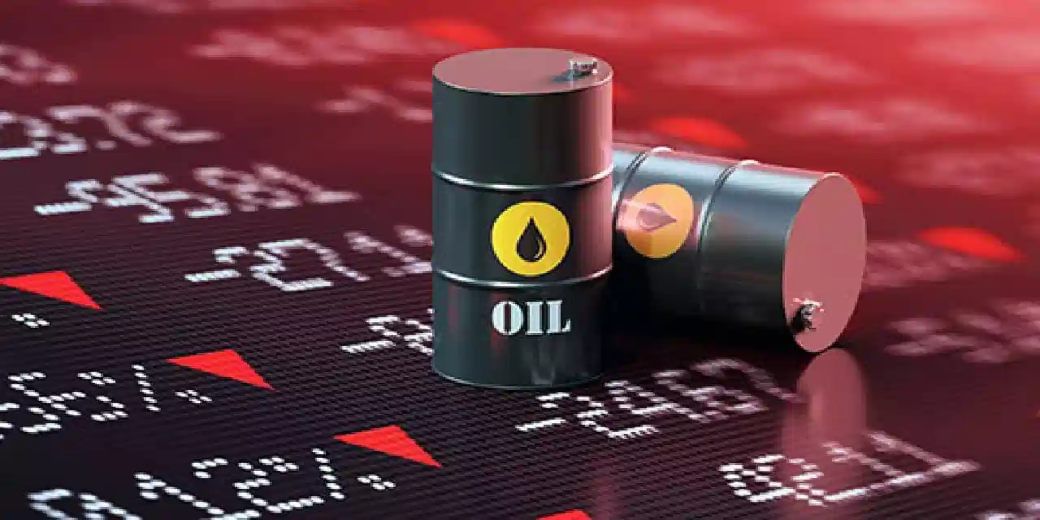Crude marching past $95 to test govt’s inflation management skill
The crude price rise has been fuelled substantially by the voluntary production cuts by Russia – the country that gave India cheap oil in the past year and a half -- and Saudi Arabia – the world’s largest crude producer

Just when retail inflation crept down a few basis points in August following the unkind spike in July to a 15-month high of 7.44%, global crude prices have reached $95 a barrel, robbing policymakers of their sleep and prompting them to keep a frustrating vigil on the probable march towards $100. While it is speculated that state-run oil marketing companies would bear the brunt of the rise in input costs, the high commodity prices are certain to test the government’s inflation management skills at a time when as many as five states are going to the polls this year before the grand finale of the general elections next summer. For the common man and industry it will mean a longer cohabitation with higher interest rates and painful wait for EMIs to climb down. While the crude price rise has been fuelled substantially by the voluntary production cuts by Russia – the country that gave India cheap oil in the past year and a half — and Saudi Arabia – the world’s largest crude producer. The prices have received an upward push by the prospect of an economic recovery in China which is the world’s largest petro-fuel guzzler. A report by the Times of India has stated that the hike in crude rates might stop short of denting the common man’s budget since the OMCs might be directed by the government to absorb the costs by sacrificing margins. The Indian economy is critically dependent on the import of crude, It imports about 85% of its needs every year. Incidentally, retail prices of petrol and diesel have been frozen in the entire year of 2022-23 till date. Prices have not been revised either way since May 2022 when the global prices of crude was around $85 a barrel. However, for a number of months the OMCs made hefty profits when global prices declined and India especially made a killing by buying crude cheap from Russia when it had a glut following the economic sanctions by the West due to its belligerent Ukraine policy. The government is likely to shield the common man by asking for support from the OMCs. Incidentally, at one point in the first half of FY23, the under-recovery on petrol and diesel touched Rs 12-14/litre. The pinch this time will be worse due to the falling rupee. The current account deficit will also widen.
“The pick-up in crude prices, if sustained, can show up in headline consumer inflation print via direct (higher pump prices) and indirect effects (rising production and transportation costs)… Fuel and core inflation have so far been benign below 5% and the inflation spike in July and August was entirely food-led,” said D K Joshi, chief economist at Crisil. Calculations show that for every 10% rise in crude prices, retail inflation can climb up by 20 basis points if the impact is passed on.
Download Money9 App for the latest updates on Personal Finance.
Related
- Budget’24: New LTCG rule to hit long-term property owners hard
- Looking to buy gold? Buy now before it’s too late!
- PhonePe vs. GPay: Indian digital payment giants up for a tussle
- Budget 2024: What is NPS ‘Vatsalya’ scheme? How to apply & other benefits?
- Budget’ 24: Startup ecosystem all smiles with scrapping of angel tax
- Why are e-comm users turning extra cautious? How to avoid dark pattern attacks?

